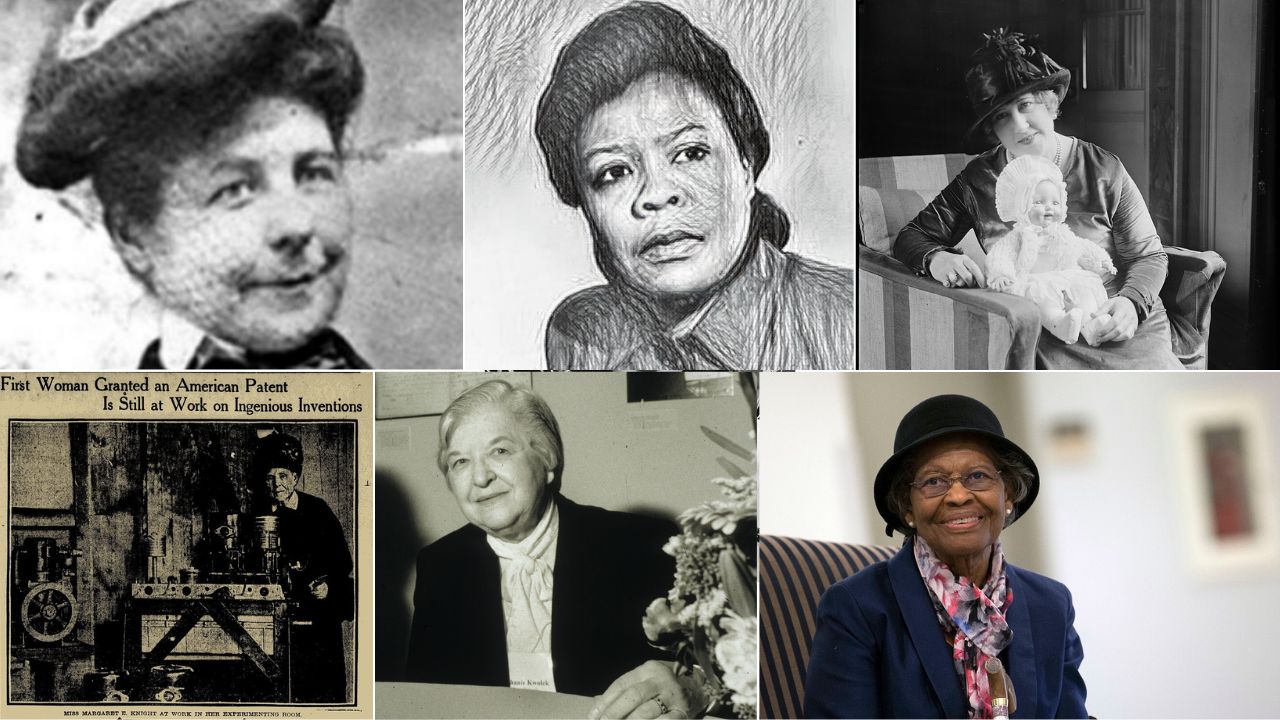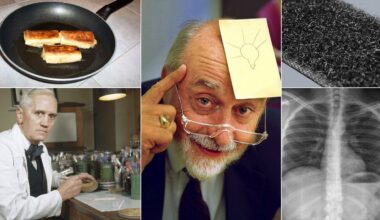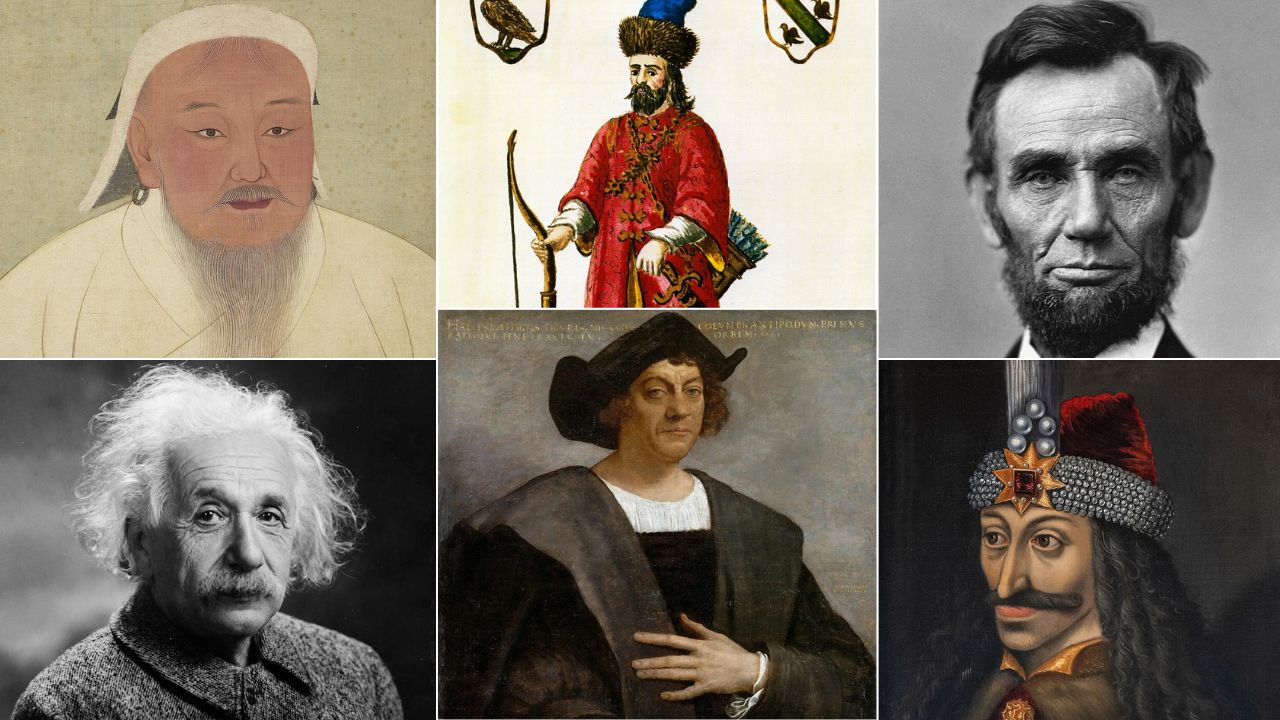So much everyday tech began with women whose names rarely show up in class. These ten changed cars, kitchens, hospitals, and even satellites with patents and prototypes that still shape life now. You will see windshield wipers that started as a hand lever, code breaking materials lighter than steel, and math that lets phones find your street. Each mini bio gives dates and outcomes so the credit lines are clear. Use this gallery to match famous products to the women who built the first working versions.
1. Mary Anderson
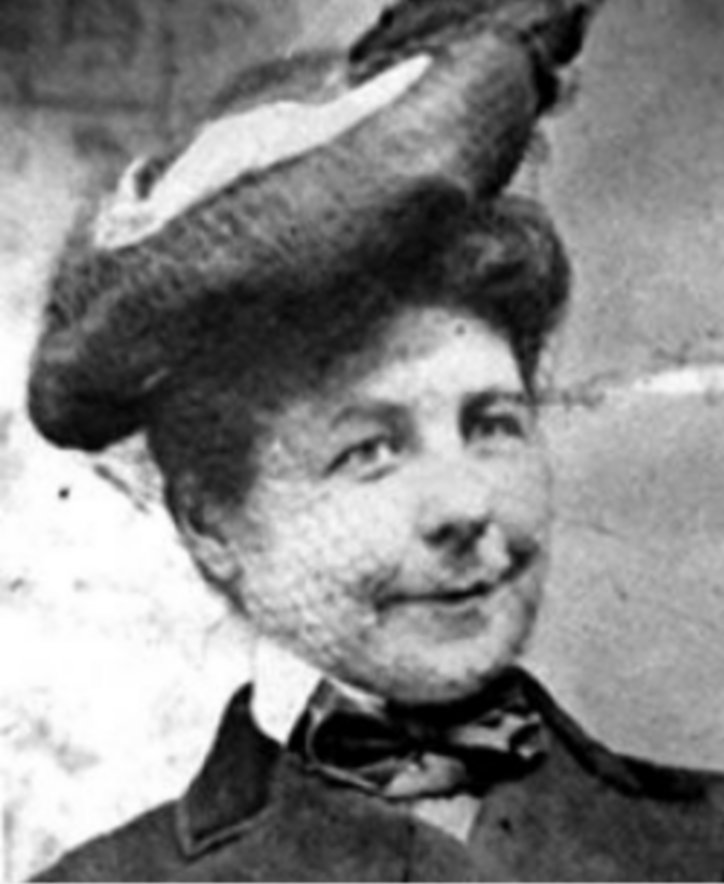
In 1903, Mary Anderson earned a U.S. patent for a hand-controlled windshield wiper after watching a New York City streetcar stop in sleet so the driver could clear glass. Her spring loaded arm pressed a rubber blade across the window and snapped back to start, a simple idea most early drivers disliked at first. Automakers adopted wipers widely in the 1910s as speeds rose and safety rules tightened. Every modern car owes its clear wet day view to Anderson’s lever era sketch and patent drawings.
2. Josephine Cochrane
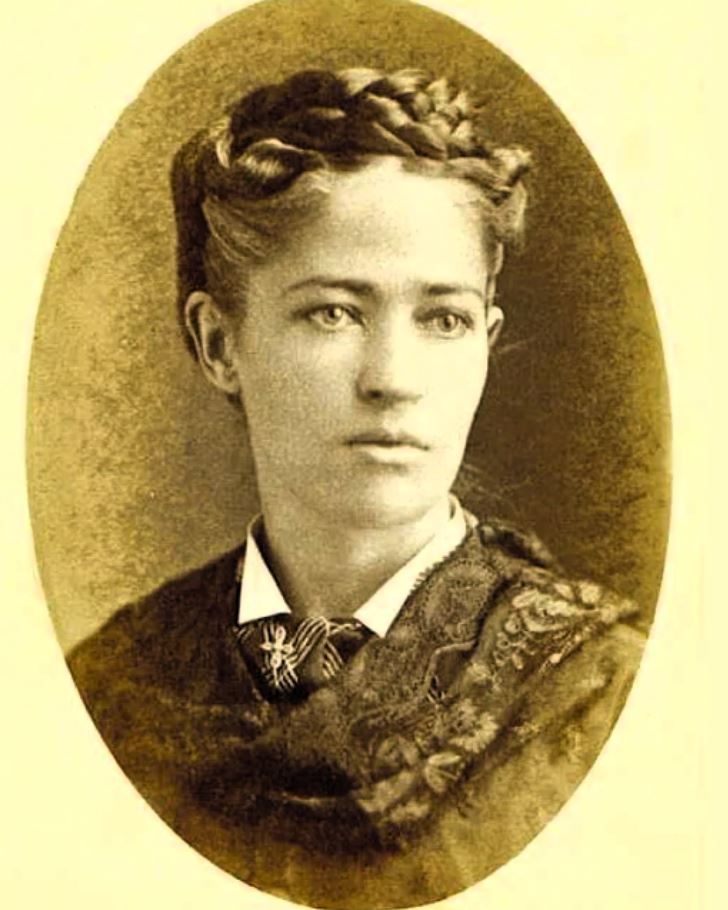
Tired of broken china, Josephine Cochrane built a backroom machine that sprayed hot water over dishes held in custom racks. She patented the design in 1886, then showed it at the 1893 Chicago World’s Fair and sold units to hotels and restaurants that needed fast, repeatable washing. Her company later became part of the firm behind KitchenAid, and the rack plus pump layout is still the backbone of residential machines. What started as a hostess’s fix evolved into a standard appliance on millions of counters.
3. Hedy Lamarr
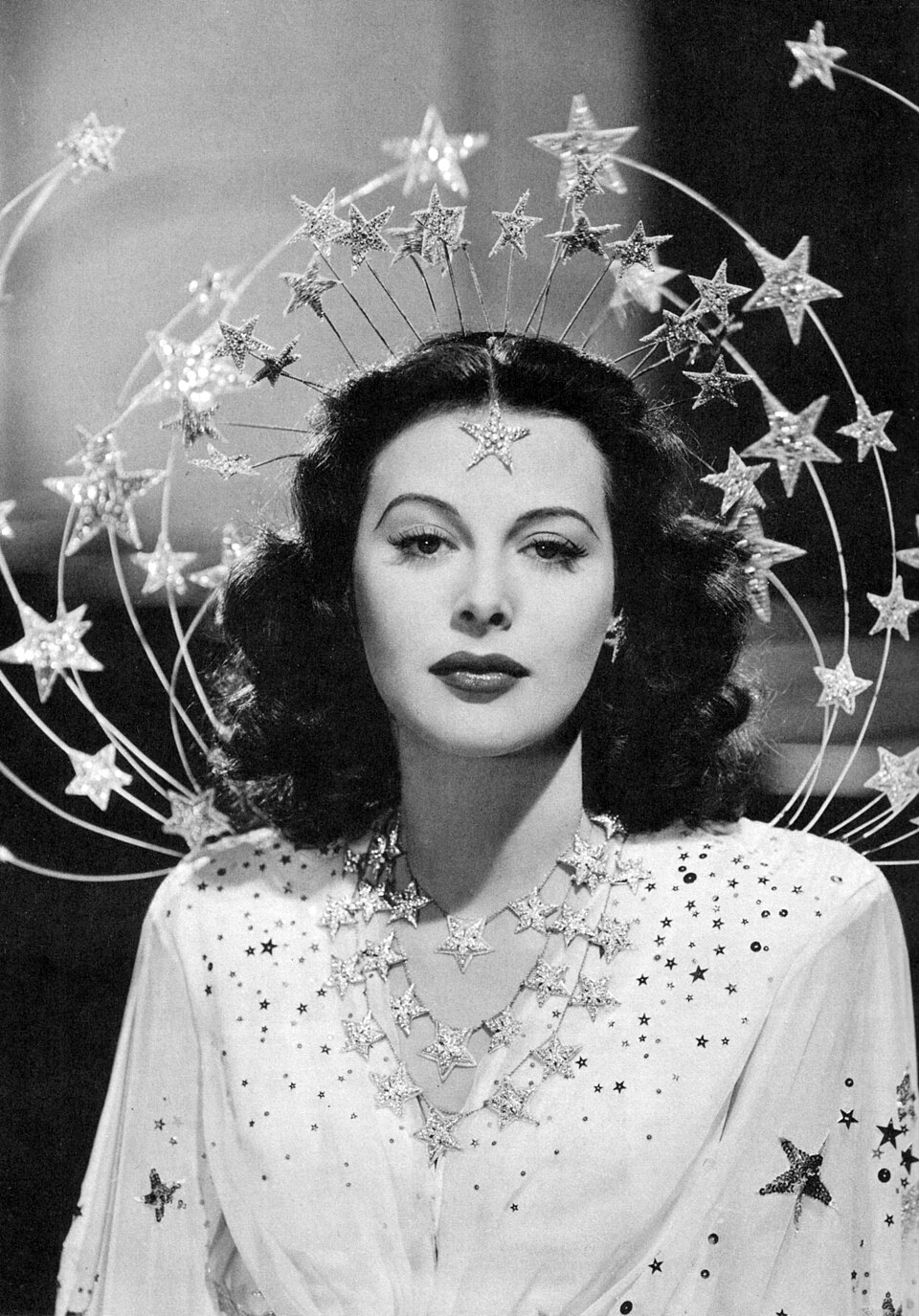
In 1941 Hedy Lamarr co invented a “frequency hopping” radio guidance system with composer George Antheil to stop enemy jamming of Allied torpedoes. Their idea spread signals across changing frequencies, a concept later used in spread spectrum tech. The U.S. patent was granted in 1942, but the Navy adopted similar methods decades later. Today the same principle underpins Wi Fi, Bluetooth, and secure GPS links. Lamarr’s lab notes and patent drawings show a movie star who also solved hard engineering problems.
4. Stephanie Kwolek
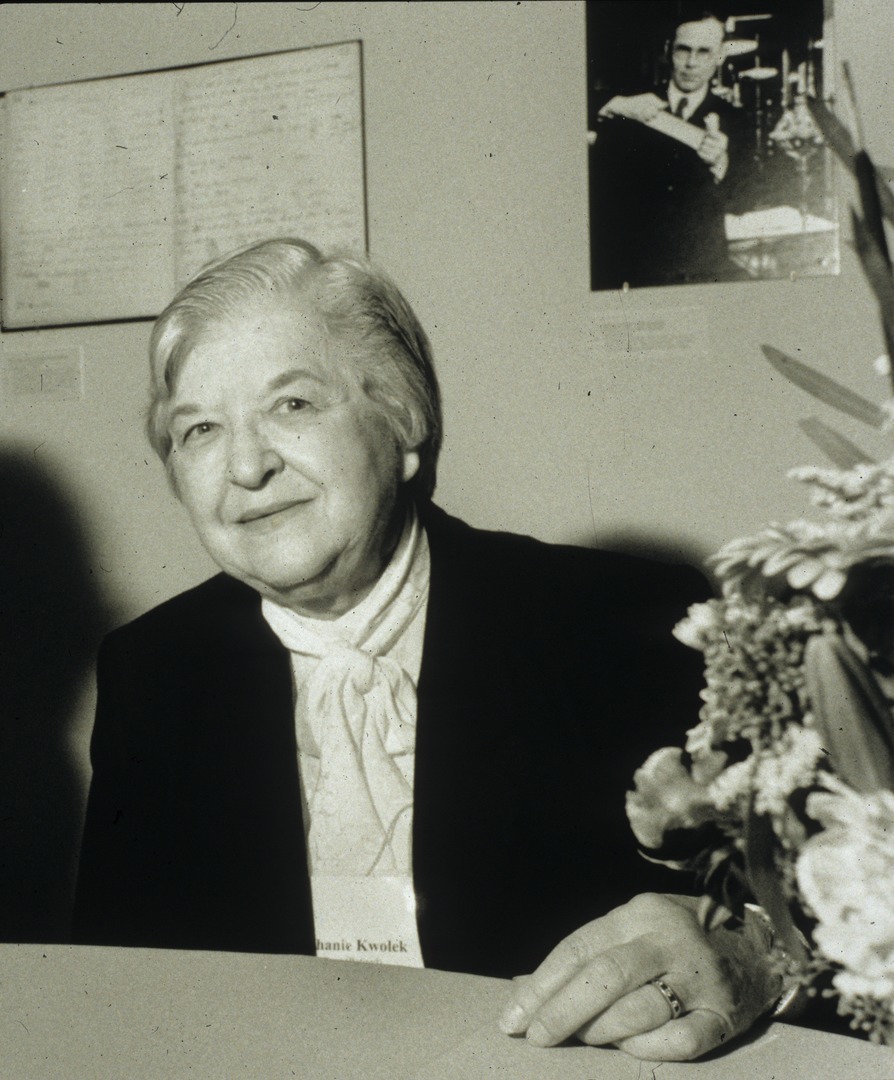
At DuPont in 1965, chemist Stephanie Kwolek drew out an odd, thin solution and found rigid polymer chains that set into Kevlar. By weight the fiber is stronger than steel, yet flexible enough to weave, which shifted safety gear, aerospace parts, and ropes. Today it appears in body armor, helmets, tires, and cables because it resists heat and cuts while staying light. Kwolek’s curiosity about a strange lab texture unlocked a material class that protects workers, athletes, and first responders every day.
5. Patricia Bath
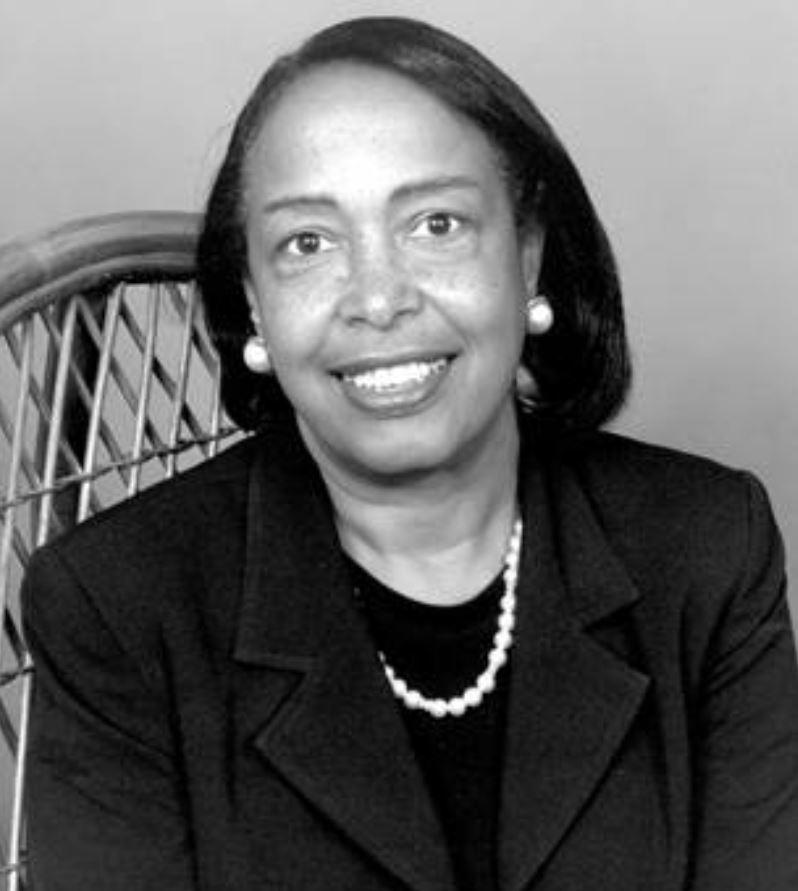
Ophthalmologist Patricia Bath pioneered laser surgery for cataracts, creating the Laserphaco device and method in the 1980s. Her approach made it possible to vaporize and remove a cloudy lens through a tiny incision, often restoring sight faster and with less risk than older tools. She became the first Black woman physician to receive a U.S. medical patent, and her work helped patients who had been functionally blind for years. Clinics worldwide now rely on laser techniques that trace back to Bath’s designs and trials.
6. Marion Donovan

Marion Donovan turned a shower curtain into a prototype diaper cover to end nightly leaks, then patented her waterproof design in 1951 and sold the rights for a reported one million dollars. She also proposed a fully disposable paper diaper when manufacturers doubted demand. A decade later disposables became a national staple using ideas Donovan pushed early. Tabs, fit, and quick changes turned from a parent’s dream into store aisles because one designer kept testing at her own kitchen table.
7. Margaret E. Knight
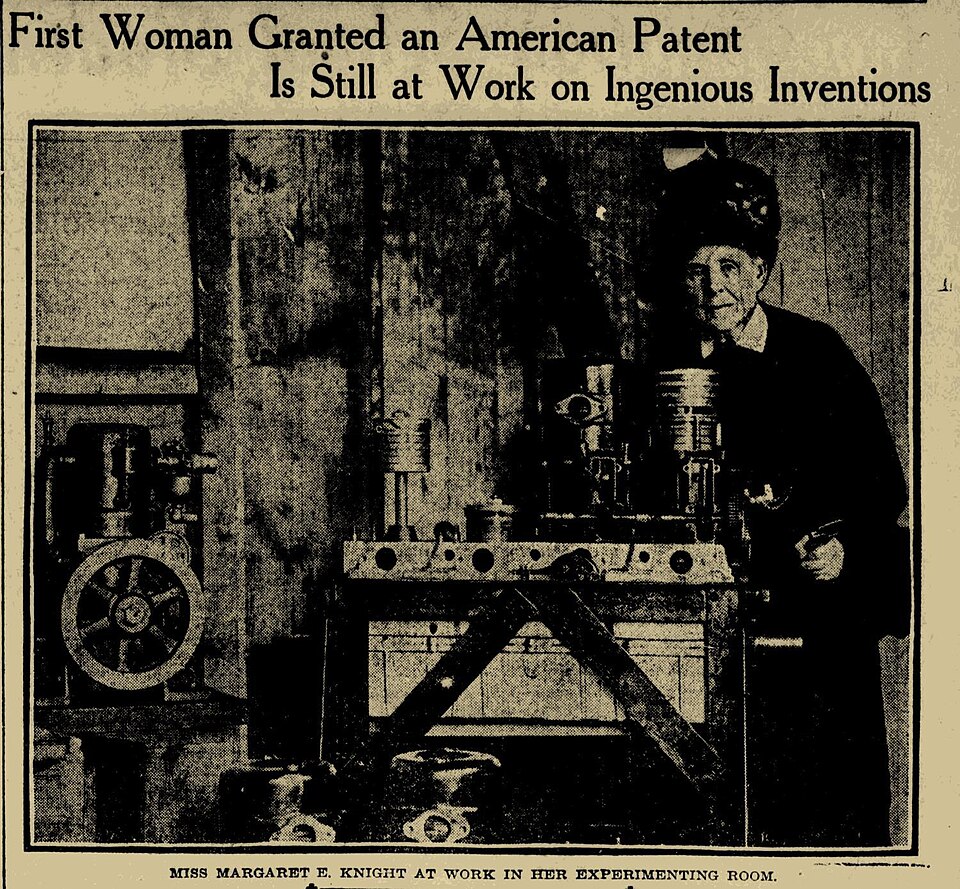
In 1871 Margaret E. Knight patented a machine that folded and glued flat-bottom paper bags, replacing hand work in factories. She famously won a court fight after a man tried to steal her design, proving her drawings and prototypes came first. Knight went on to earn dozens of patents for gears, looms, and safety devices. Grocery sacks and lunch bags still follow her layout today, a quiet invention that changed how stores packed goods for more than a century.
8. Marie Van Brittan Brown
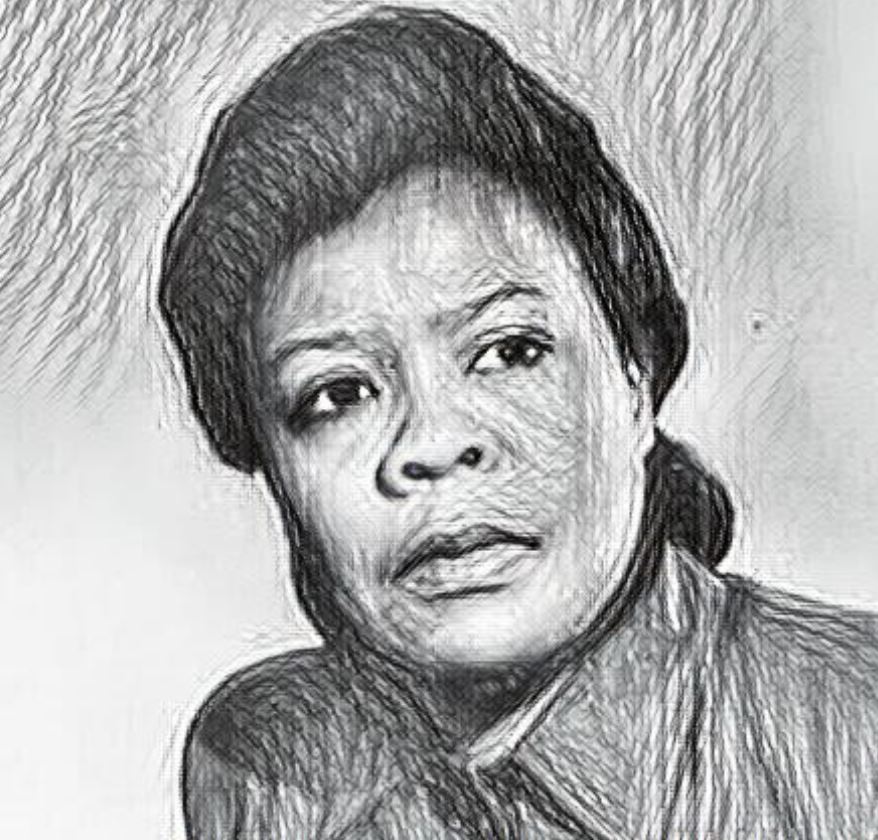
A Queens nurse, Marie Van Brittan Brown filed her home security system in 1966 and received a patent in 1969. Her wall unit combined a camera that slid between peepholes, a monitor, two way audio, a remote door unlock, and a button that alerted authorities. The design addressed slow police response and long night shifts that left her home alone. Modern video doorbells and smart locks echo her feature list. Brown’s living room panel became the template for residential CCTV and call boxes.
9. Gladys West
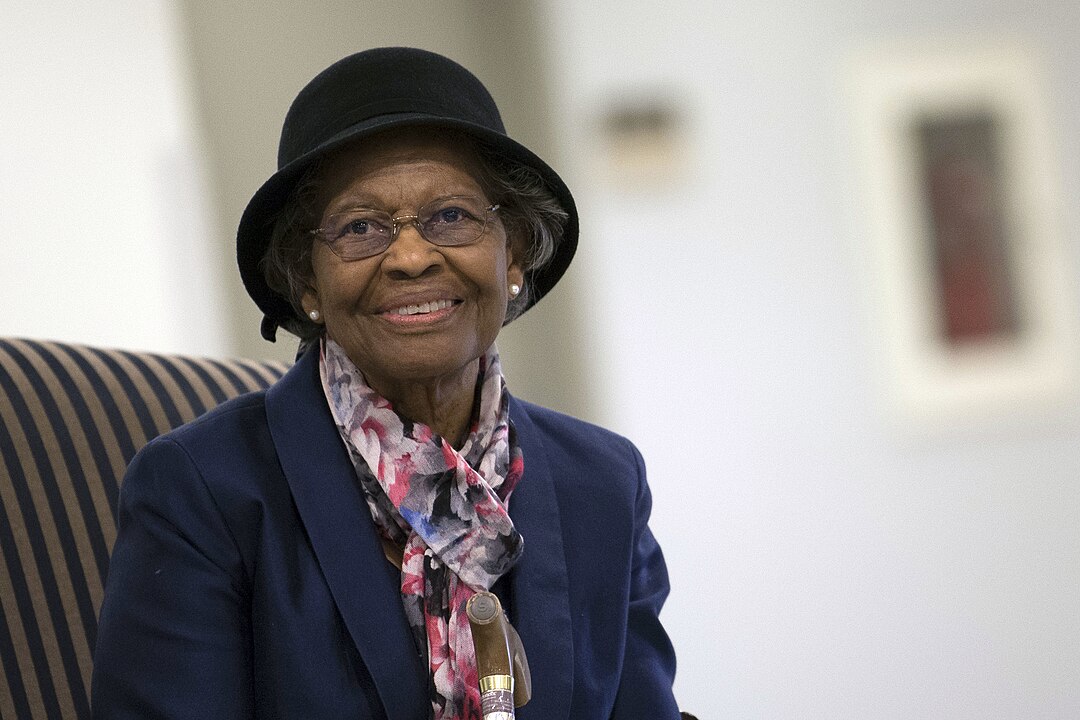
Mathematician Gladys West worked at a Navy lab from the late 1950s through the 1980s building precise models of Earth’s shape using satellite data. Her team’s geoid calculations corrected small bulges and dips so satellite signals could place receivers accurately. That quiet number crunching underpins GPS, which now guides phones, ships, and tractors. When your map app lands you on the right driveway, it honors years of altitude fits and coastal checks West helped code into a usable global reference.
10. Beulah Louise Henry

Nicknamed the Queen of Invention, Beulah Louise Henry earned more than forty U.S. patents across the 1910s to 1940s. She improved umbrellas, created a bobbinless sewing machine mechanism to reduce jams, and designed toys and packaging that manufacturers adopted quickly. Henry often financed her own research, formed small companies to license designs, and kept notebooks that read like a modern product lab. Her career shows how steady, useful tweaks can change industries even when none of the parts look flashy alone.
